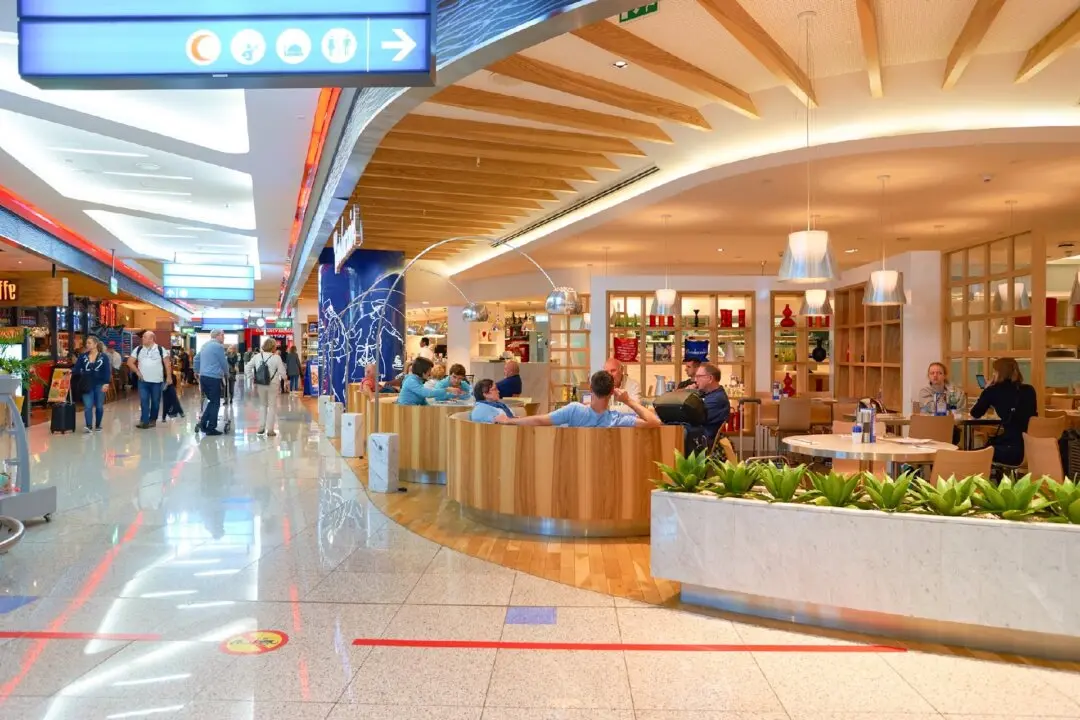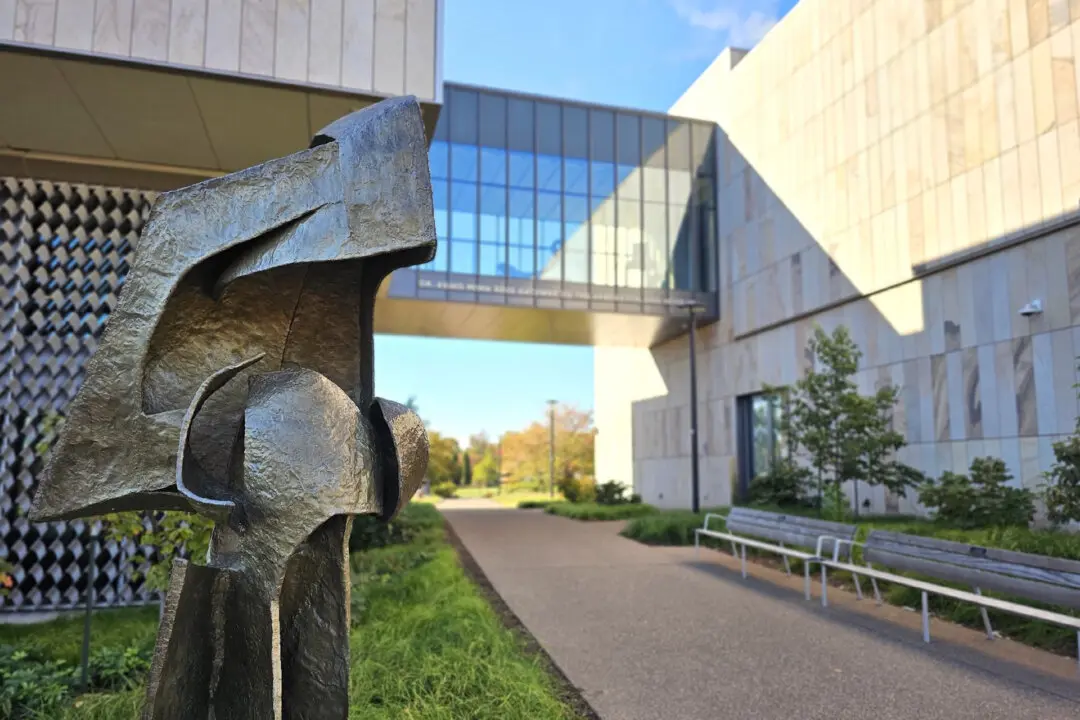As I steered the car into the tiny town of Oxford (population about 600), I began to feel calm. My breathing slowed, my body relaxed and I noticed that my wife, Fyllis, seated beside me, was having the same reaction.
Welcome to Talbot County, Maryland, where visitors are immersed in chapters of the past in meaningful ways. The destination offers a deep dive into intriguing stories of people and places.





